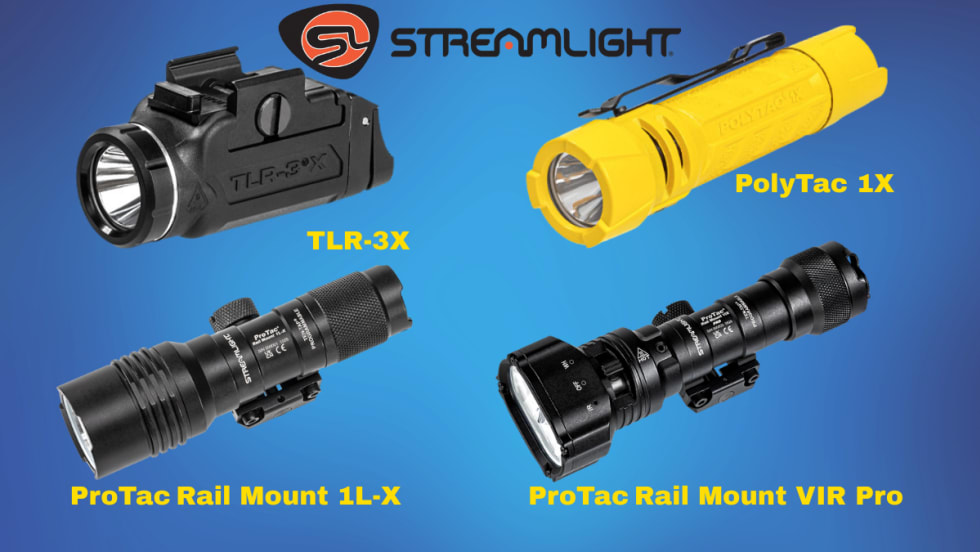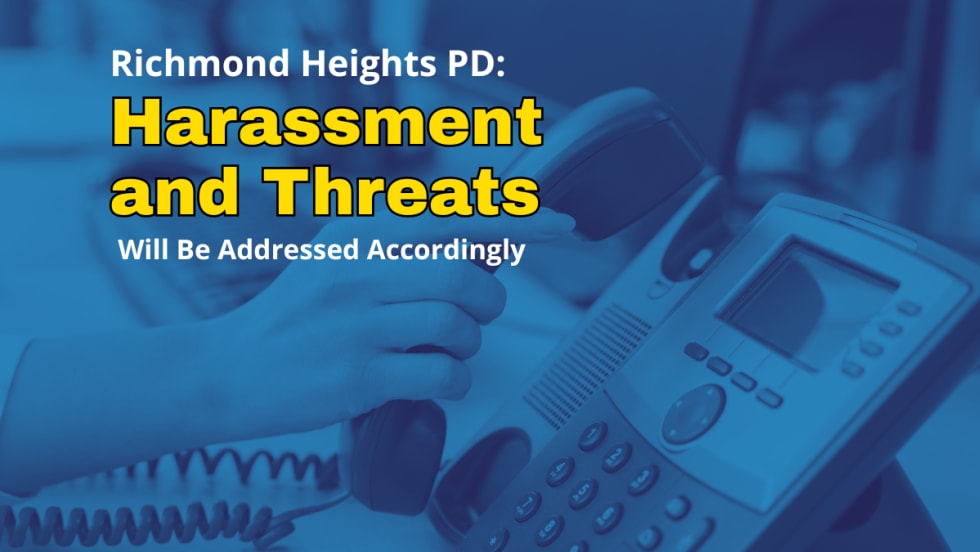Article
We're experiencing technical difficulties. Please try again later.
More Articles

5.11 Debuts New Load-Bearing Gear at SHOT Show
5.11 launched a variety of new load-bearing gear, ranging from backpacks to chest packs, designed for training, travel, and everyday readiness, this week during SHOT Show 2026.
Read More →
ZeroEyes Marks Successful 2025 Highlighted by Rapid Growth, Expanded Partnerships, 1,000+ Confirmed Real World Firearm Detections
AI gun detection company ZeroEyes has doubled its partner channel and expanded its operations center to meet growing demand, plus has surpassed 1,000 verified alerts of confirmed gun detections.
Read More →
Pryme Partners with Tango Tango to Deliver Hands-Free Push-to-Talk Communication for Public Safety & Security
Pryme, a manufacturer of top-grade communication accessories for two-way radios and PoC applications, has partnered with Tango Tango, a mobile application that connects smartphones to existing two-way radio systems.
Read More →
Streamlight Launches the Rechargeable TLR-3X & Other Lights at SHOT Show
Streamlight launched the TLR-3X and TLR-3X USB, two new weapon lights, and an assortment of other new lights during SHOT Show 2026.
Read More →
EOTech & Fast Metal Introduce the EOTech Halen Ballistic Spectacle System
Built on the proven Halen platform, the new EOTech x Fast Metal Halen Ballistic Spectacle System is the only aluminum frame listed on the U.S. Army’s Authorized Protective Eyewear List.
Read More →
2 Florida Officers Shot After Shots-Fired Call
Two officers were shot in Gainesville, Florida, by a man who police say was leaving an area where he had killed a man inside a business. The suspect exited his vehicle in what the chief termed an “ambush-style” attack.
Read More →
Caswell Live Fire Spins Off from InVeris
Caswell Live Fire has spun off from parent company InVeris, coinciding with the 100th anniversary of Caswell’s founding. Over the past 100 years, Caswell has developed pioneering solutions that support military, law enforcement, and commercial clients worldwide.
Read More →
Mistaken Identity: Ohio Police Department Harassed After ICE OIS
An Ohio police department has received harassing phone calls and social media messages because it has an officer with the same name as the ICE officer identified in the Minneapolis, Minnesota, officer-involved shooting.
Read More →
Top 10 POLICE Videos of 2025
What were the top videos published by POLICE in 2025? Many covered tactics and officer safety, while others came from booth visits at IACP in Denver, Colorado. In case you missed these, here are the top 10 videos.
Read More →
Flock Safety and Coreforce Partner to Enhance Real-Time Awareness and Operational Efficiency for Law Enforcement
A new integration partnership will enable Flock Safety hotlist alerts and license plate recognition (LPR) searches directly in Coreforce’s Real-Time Crime Center (RTCC) and Digital Evidence Management System (DEMS) platform.
Read More →
